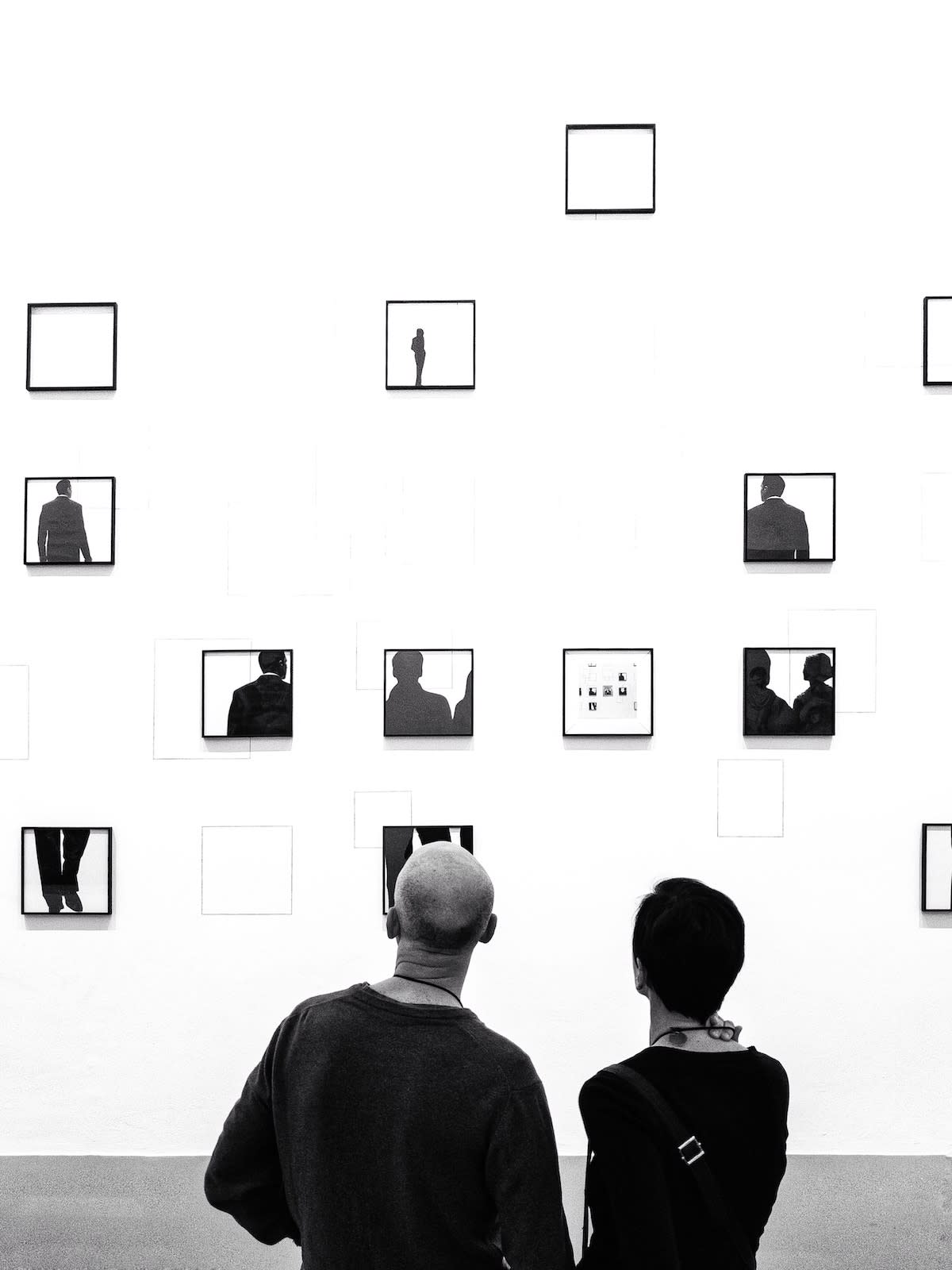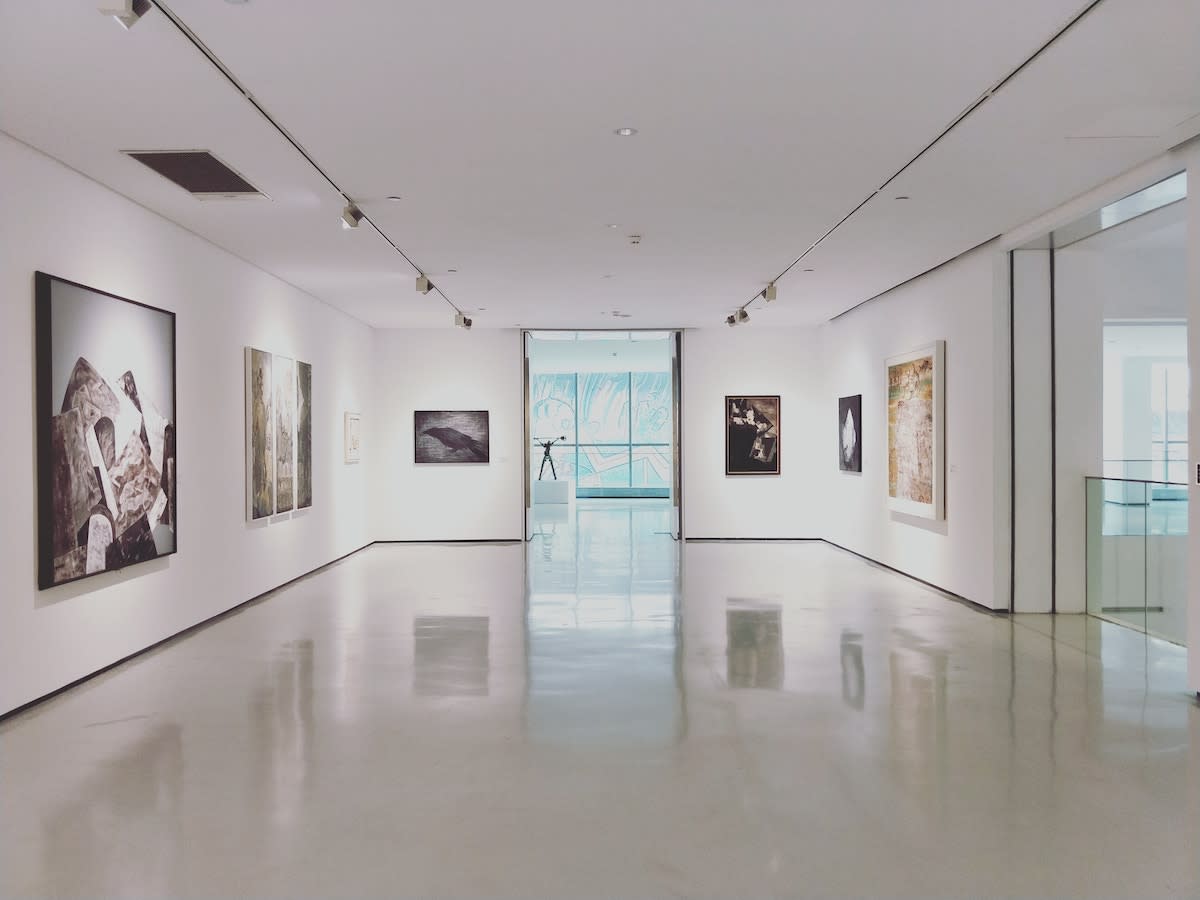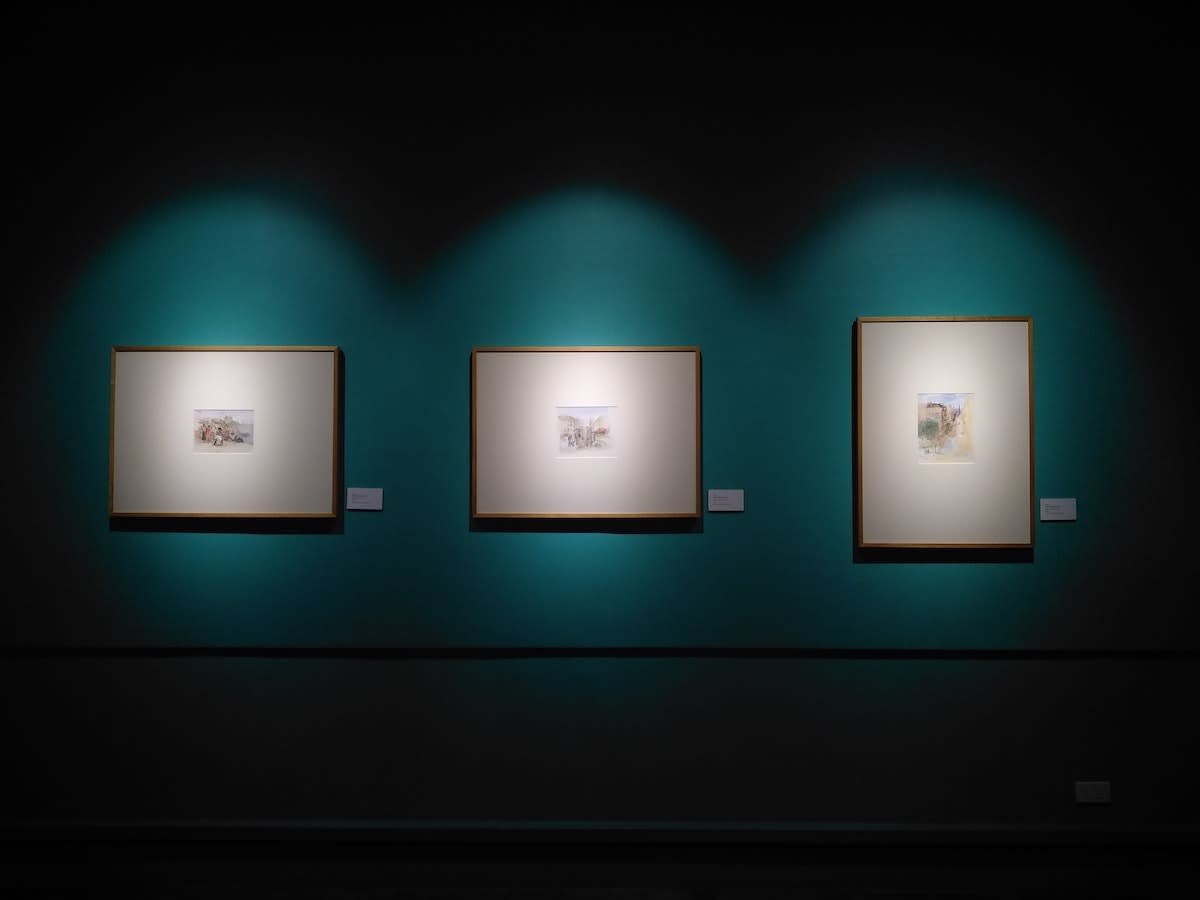Being a professional artist means having a toolbox of business skills to complement your talent. The business of art includes selling your work, and most collectors assume there will be proof of your authorship in the work: a signature is most common, but can be lost to a box frame, print mounting, or other methods of display.
A Certificate of Authenticity exists separate from the physical artwork, and supports its provenance. This can be crucial for collectors in their own record-keeping, and when insuring their collections. This guide will walk you through where to get a certificate of authenticity and what you need to include on your COA certificate.

What is a Certificate of Authenticity?
When you look closely, many high-end products contain some method of authentication; a signature logo or pattern detail, a serial number or registration. These methods of tracing a work’s making is meant not only to prove its legitimacy, but to provide certainty of its quality. A certificate of authenticity for artwork verifies its provenance, and provides proof of authorship–as we come into a time of malleable copyright, this is a document that should accompany every artwork you create, whether or not it sells.
Why You Need a Certificate of Authenticity for Artwork
A COA certificate proves that a work of art was created by you, which could be important in determining the provenance and relative value of the work should it be sold later on, particularly if you become well-known and valued in the art market. Each certificate of authenticity can also act as a receipt and record of sale for you and the buyer, this can be especially necessary for digital works: video files, NFT’s, etc.. If you haven’t been commercially successful in your artistic career so far, you may be wondering why you would go to the trouble of making certificates of authenticity for your artwork.
Getting into the habit of solid business practices means you aren’t playing catchup later on, when you may find yourself suddenly with a flurry of sales. Plus, certificates of authenticity can actually make artworks easier to sell, especially in auction or gallery settings, as they confer a level of confidence.
Additionally, serious art collectors will require any work they purchase to include a certificate of authenticity in order to prove authorship should they choose to sell the work or donate it in the future. If the collector purchases the work directly from the artist, an invoice can also serve as proof of the origin of the piece, but a certificate of authenticity is still the most highly regarded and accepted way to verify an artwork.

If you are represented by a gallery, your artwork may be sold directly through the gallery, meaning any certificates of authenticity should accompany the work when it is first installed. This holds true for any show in which your artwork can sell before you have the chance to include additional documentation, so get your system for creating certificates of authenticity streamlined and always include a COA certificate in every work that’s leaving your studio.
Where to Get a Certificate of Authenticity
There are many thoughtfully worded templates out there, so if ease and immediacy are your top concerns, purchasing a template is the way to go. If you’re making your own document, there are certain things you need to include in your certificate of authenticity in order for the document to be valid:
- Artist Name
- Title of Work
- Year of Completion
- Dimensions
- Medium: For prints, both the medium of the original artwork and the print should be included, including paint or ink type, printing device or process, type of canvas or paper, and any other specific details that may assist in identification and conservation in the future.
- Photo of Artwork: This helps to identify and authenticate a work of art should it be separated from its COA certificate.
- Statement of Authenticity: A brief statement written by the artist that states the authenticity of the work and relevant copyrights.
- Additional Information: You may choose to include details here like the subject or location of the artwork, if applicable. This is also a good section to include any necessary information on caring for the artwork.
Build Your Portfolio With Format
Rated #1 online portfolio builder by artists and makers.
Some artists choose to include further sections on their certificates of authenticity:
- Location of Completion
- Original or Print: For prints, additional information is required on the certificate of authenticity. In the case of a limited edition, the artist should list the number of prints made and what number that particular print was out of the print run. If the print is not limited, and can be reproduced at any time, this should be noted on the certificate of authenticity as well. If the printmaker is not the artist of the original piece, their name and signature should also be included on the documentation.
- Tracking Number or Code Specific to the Artwork
- Contact Information and Online Portfolio Link: These details wouldn’t be included on a traditional certificate of authenticity for artwork, but with so much of the art market taking place online these days, it never hurts to let future owners know exactly where they can buy more of your work or get in touch.
- Signature and Date
- Rubber Stamp or press (optional, but fancy)
- Publications and/or Exhibitions: The more information you include in your certificate of authenticity, the better off you are in terms of the risk of inauthentic imitations being passed off as your own. When sections of a certificate of authenticity are left blank, art forgeries can occur more easily.
Whether or not you end up using a certificate of authenticity template, or build your own, you should aid your productivity going forward by creating a copy with most of the details already filled in, adding the rest of the details based on the artwork in question. As a working artist, you’re busy enough without adding unnecessary admin work into the mix.

Tips for Creating the Best Certificate of Authenticity
Your COA certificate acts as an extension of your artwork, so, if you want to be perceived as a strong figure in the art market, your certificate of authenticity needs to look professional. Don’t skimp on time and effort and rely on regular printer paper to get the message across. Instead, invest in some high-quality, thicker paper stock, and find or design a certificate of authenticity template that matches the overall style and aesthetic of your artwork and brand identity.
As well as your certificate of authenticity, you may choose to include a sticker with the main details of the artwork on the back of the piece itself, allowing the work to be identified whether or not it is accompanied by the certificate of authenticity. That said, this should really only act as an additional COA certificate: it shouldn’t take the place of the separate certificate of authenticity.
Certificates of authenticity are usually created by the artist themselves, but in some cases they can also be handled by a publisher, agent, or art dealer who represents the artist. In this case, the details of this relationship should be noted on the certificate of authenticity, preferably accompanied with up to date contact information and website, in case the authenticity of the artwork needs to be confirmed at a late date.
Now that you’ve got your COA certificate process all sorted out, you can start selling with confidence in your process. Choose a website builder with a built-in online store, so you can sell your artwork right from your website–mailing your COA to your buyer after purchase, which gives you a great opportunity for relationship-building.
With confidence in creating a COA, go forth and be collected!













